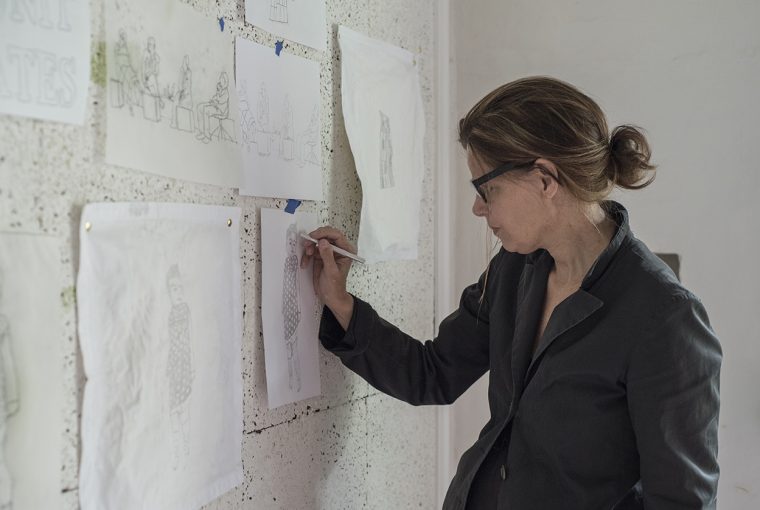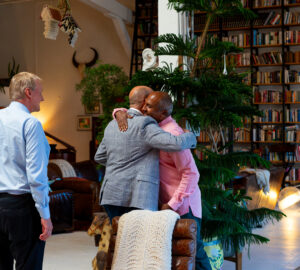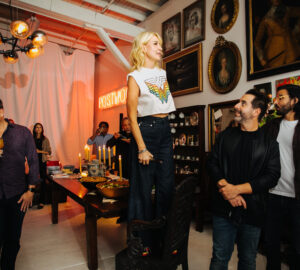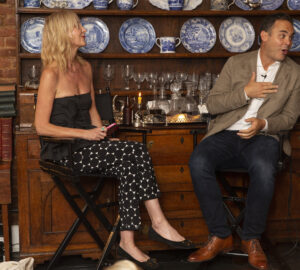This week we’re shining our POSTHOC guest spotlight on conceptual artist Mary Ellen Carroll, a beloved member of the salon community known for her architectural works that call attention to specific legislative and social issues. Her work always simultaneously acts the same question, ‘What do we consider a work of art?’
During the summer of 2020 she collaborated with artist Lucas Michael called Do You Know Where The Children Are? (DYKWTCA.com) along with several other artists to raise funding to support for organizations offering legal aid, medical and mental health funding to children and their families detained by the U.S. government. The online, blockchain-based auction was the first of its kind, followed by a gallery show after Washington D.C. reopened a mile from the White House, and you can still support these organizations directly (Innovation Law Lab, Terra Firma, Team Brownsville and Safe Passage Project).
We caught up with Mary Ellen to find out what’s been the most rewarding part of being a member of the POSTHOC salon community along with some of her favorite moments and connections over the years.
What in your opinion makes POSTHOC salons different from other dinner parties?
It is so much more than just a dinner party. It is generosity writ large. As I say, food by itself is boring (yes— Walter Benjamin and Ruth Reichl….), it is everything that Susan Mactavish Best brings together in POSTHOC salons that begin with the opening of her home, and then add the people, the conversations against the backdrop that is framed by the subject being discussed that evening, the food and drink and SMB actually doing the cooking herself, followed by music, and more conversation of course.
Why is the POSTHOC community so loyal?
Because there is always something predictable, yet unexpected that occurs.
Do you have any stories about an impactful personal connection you made at one of these salons?
I have a few, but one of the most impactful was with the cardiologist and bestselling author Sandeep Jauhar of the book, HEART: A History About Takotsubo Syndrome, otherwise known as broken heart syndrome. We discussed the wiring of the heart and essentially electrical versus plumbing and sudden deaths. One may survive a heart attack (plumbing), but a cardiac arrest (electrical) is not the topic to discuss with an actuary about placing survival odds.
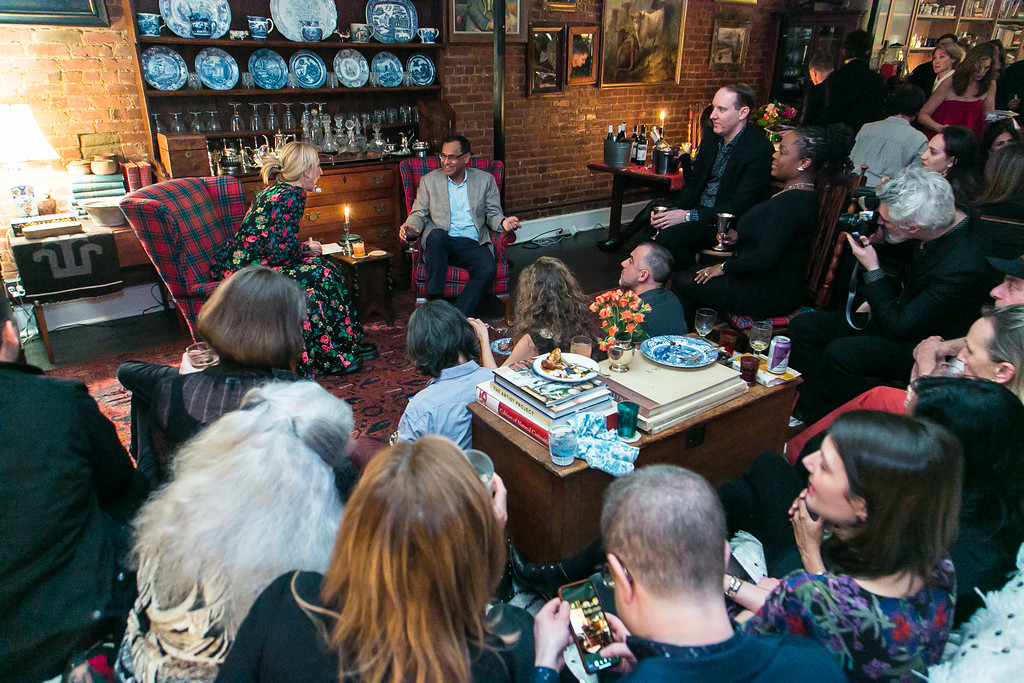
What has been your favorite POSTHOC salon and why?
The POSTHOC West like the Fillmore was in San Francisco and it was with Amanda Feilding of the Beckley Institute and Michael Pollan. SMB was barbequing out in the backyard in some frock that was certainly not flannel, and eventually, everyone came into the parlor floor to listen to their conversation about consciousness and psychedelics. This was long before Pollan’s book on the subject and Feilding’s policy work was just gathering institutional partners in the US that began at Johns Hopkins.
The stigma and illegality of psychedelics that was created during the Nixon administration was finally being interrogated and reexamined. The benefits of psychedelics were being reintroduced for research and their known efficacy for mental health benefits that had been mothballed for six decades. Not only was it being studied again, but it was also being utilized therapeutically. All of the important policy work and advocacy by Amanda Feilding and the narrating of the personal and societal impacts by Pollan were seeded in that POSTHOC salon. Additionally, the POSTHOC virtual salons with the Templeton Foundation during the pandemic on work, connection, and decision-making were essential viewing.
What do members of this community have in common?
Curiosity, intelligence, humanity, and zero interest in complacency would be commonalities coupled with a desire to impact the world we live and work in (and, there can be humor as well, thankfully).
What part of the world reopening are you most looking forward to? What about dreading?
The world did not close during the pandemic, and it never will. Change is a consistent and dependable outcome and to maintain equanimity and be in reality is a necessity. There was so much that was accelerated during these seismic times and as challenging as it all has been, it opened the space for a more just and equitable world, and how vigilant and rigorous we all must be in protecting, preserving and caring to create this space in the world, and for one another. Personally, I do this through my work as a conceptual artist and the work that occupies the disciplines of architecture, technology, and policy that removes blind spots that were there and further exacerbated during the pandemic. We were able to do more of it, and more effectively.
Dread would be too extreme, but what I am most concerned about are the ‘existential crisis’ (I love it when the elected officials started using philosophical terms) of which there are many catastrophes facing humanity and the planet. How can we continue to care for our resources and the indispensable connection to one another? One of my primary concerns is the role that culture plays and how foundational it is and how this can be maintained and expanded. The POSTHOC salons provide a place for these questions and the dialogue that ensues to become thinking acts in real life, and this is invaluable.
